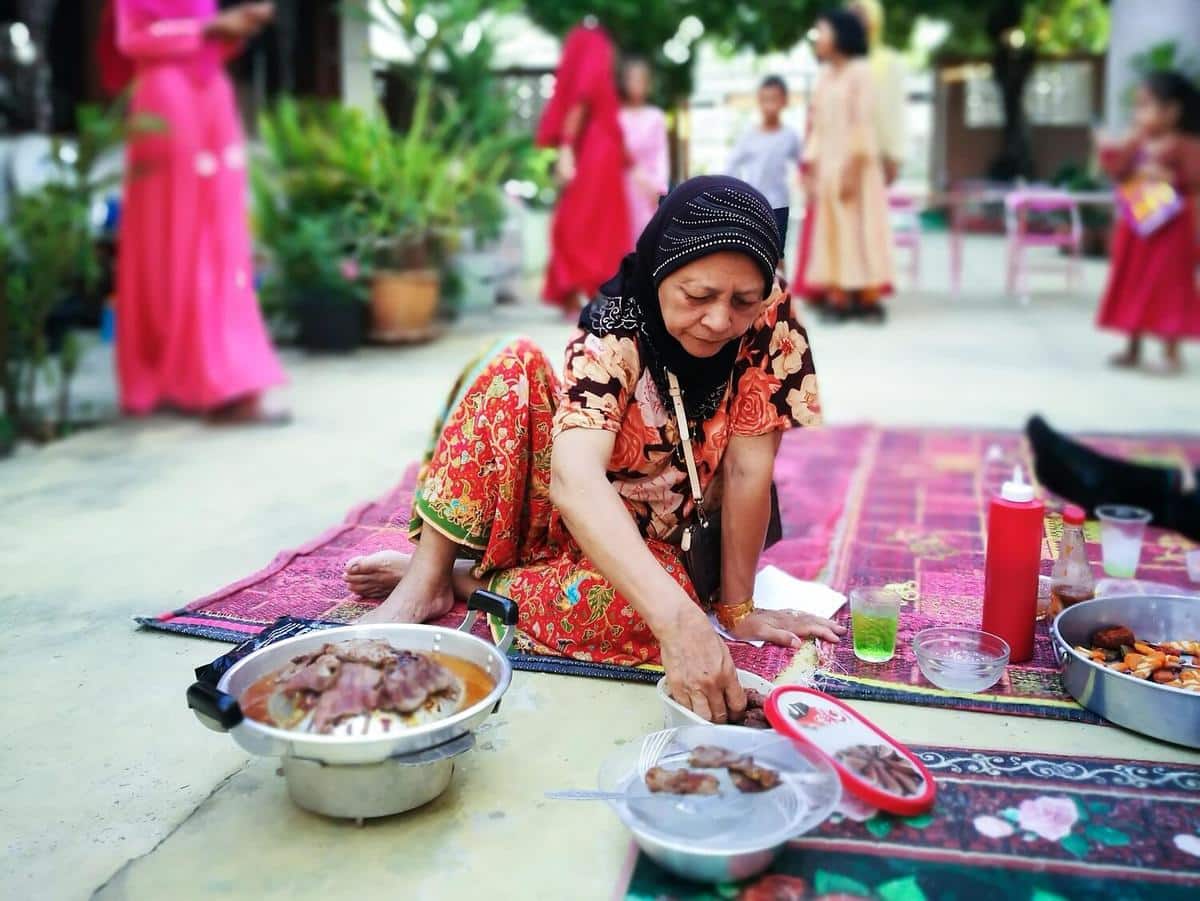
Exploring the Cuisine and Traditions of Global Communities
As cultures intertwine and global connections grow stronger, exploring the diverse cuisine and traditions of global communities opens up a fascinating world of flavors and customs. This exploration not only enhances our understanding of different cultural heritages but also deepens our appreciation of how food and rituals play a pivotal role in shaping identities across the globe.
The Role of Cuisine in Cultural Identity
Cuisine is a powerful expression of cultural identity, often reflecting a community’s history, geography, and values. According to Dr. Jessica B. Harris, a renowned culinary historian, food is a narrative that tells the story of people and their roots. It’s no surprise that many cultural traditions are centered around food, from festive meals to everyday dishes.
Research Findings on Global Eating Habits
Recent studies reveal that approximately 42% of people worldwide consider their traditional cuisine as a crucial part of their cultural heritage. This statistic underscores the significance of preserving culinary practices, not just for their delicious flavors, but for their cultural value.
Personal Anecdotes: A Taste of Culture
Imagine attending a traditional Japanese tea ceremony. The careful preparation and presentation of the tea are not merely about the beverage itself but the mindfulness and respect embedded in the ritual. Such experiences offer a taste of culture that goes beyond what’s on the plate.
Traditions Beyond the Table
While food is a central component, cultural traditions encompass a wide array of practices. Festivals, dances, and crafts are integral to many communities. Participating in these activities can provide a deeper connection to the culture.
| Culture | Traditional Dish | Festival | Craft |
|---|---|---|---|
| Italian | Pasta | Carnival | Glassblowing |
| Indian | Biryani | Diwali | Block Printing |
| Mexican | Tacos | Day of the Dead | Pottery |
| Chinese | Dumplings | Chinese New Year | Calligraphy |
| French | Coq au Vin | Bastille Day | Lace Making |
| Greek | Moussaka | Epiphany | Woodcarving |
| Thai | Pad Thai | Songkran | Silk Weaving |
| Moroccan | Tagine | Ramadan | Tilework |
Actionable Tips for Cultural Engagement
- Participate in cultural festivals held in your local community to experience traditional foods and performances.
- Try cooking a traditional dish from another culture using authentic ingredients and recipes.
- Visit cultural museums or exhibitions to learn more about the history and traditions of different communities.
Frequently Asked Questions
How can I learn about global cuisines without traveling?
You can explore global cuisines through cooking classes, online tutorials, and by trying out recipes from around the world.
What are some ways to preserve cultural food traditions?
Preserving cultural food traditions can be done by documenting recipes, teaching younger generations, and participating in cultural festivals.
Conclusion
Exploring the cuisine and traditions of global communities not only enriches our palate but also broadens our cultural understanding. By engaging with these practices, we contribute to the preservation of cultural heritage. Embrace the opportunity to taste, learn, and appreciate the diverse cultural tapestries that make our world so vibrant.


